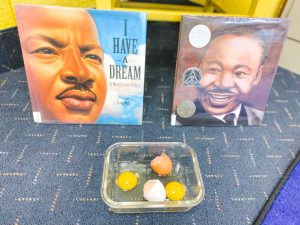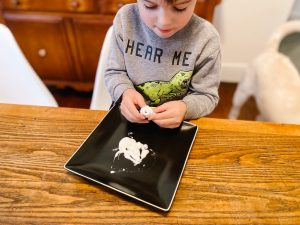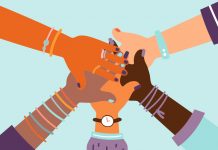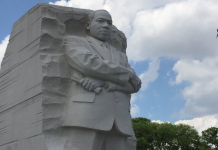Parenting requires a lot of tough conversations, and a lot of ongoing conversations that we will continuously return to. I think we can all agree that we want our children to be kind, inclusive people. Starting a dialogue about something so broad, like diversity, isn’t always easy. We know that kids are concrete learners. Having something in their hands, something to see, and something to experience can ground what you have to say. Here are a few diversity, inclusion, and kindness activities that can be done with various ages that can spark a deeper conversation.
Brown Egg, White Egg
Materials needed: 2 (or more) eggs, at least 1 white, and 1 brown
For this first activity, present the eggs. Ask how they are similar or different. Predict whether the inside of the egg is going to look the same or different as the other egg(s). Then, crack the eggs into a bowl and notice what’s inside. Discuss how people also look different on the outside, but we are all human and pretty much the same on the inside. (Bonus points if you are able to find a variety of eggs that are different sizes, colors, or vary in other ways!)
Good Apple, Bad Apple
 Materials needed: 2 apples, a knife
Materials needed: 2 apples, a knife
(Before starting this activity, drop one of the apples a few times or find one that is slightly more bruised.) Present the apples and discuss how they look the same. Next, take turns saying positive things to one of the apples, and negative things to the other. Let your child drop the apple that you already dropped a few times/is slightly more bruised. Then slice them open and compare. Notice that one apple is now bruised and discolored. You can use these noticings to discuss how the words we use and how we treat people may not show damage on the outside, but will still be damaging on the inside. End by reflecting on how with our words and actions, people may look fine on the outside, but inside they may not be okay.
The Toothpaste Experiment
Materials needed: Small tube of toothpaste, a few toothpicks, a plate or bowl
Start by telling your child to squeeze the toothpaste out of the tube. Then tell them to put the toothpaste back into the tube, and let them know they can use the toothpicks to do so. Once they realize the toothpaste is not going to go back in very easily, discuss how this compares to our words and how we treat others. You might be able to apologize, but your words and choices are like that toothpaste – you can’t undo it. For older children, this can also relate to what we post on social media and mean comments among peers.
I have used these diversity, inclusion, and kindness activities with preschoolers, and have seen them used with older-aged children. The conversation can be catered to the developmental level of your child or student. I hope one of these activities can spark a deeper meaningful conversation in your family and serve as a reminder for your child as they navigate complex social scenarios as they get older. We could all use a little more kindness in our communities.












